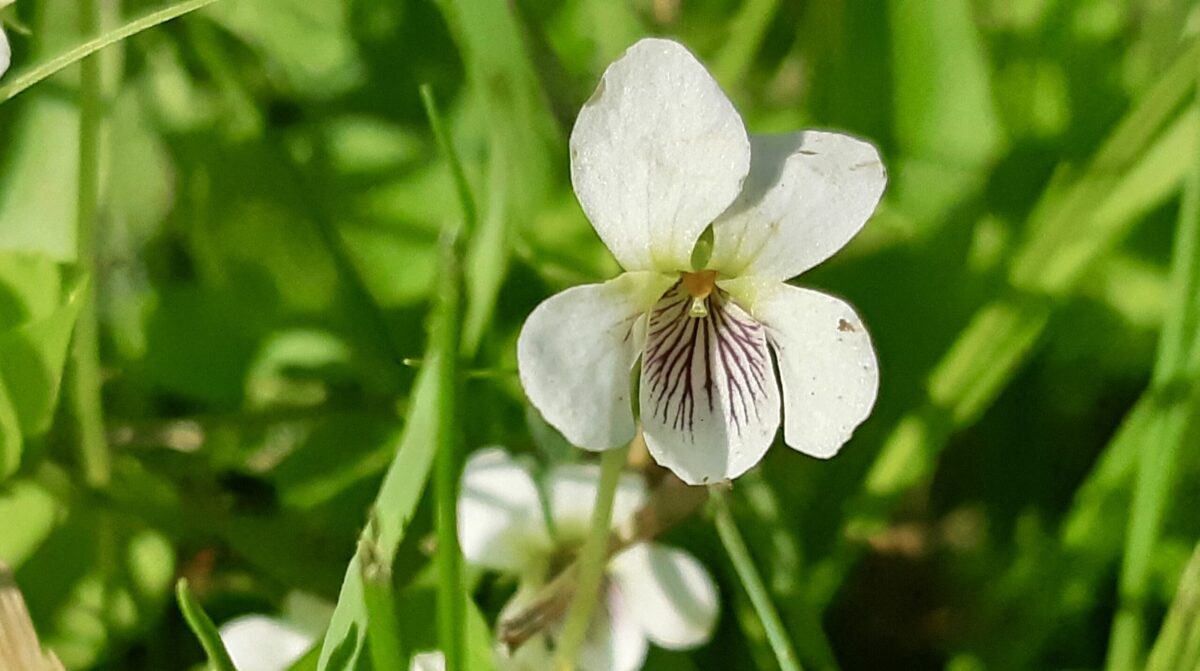
With soft white petals etched by fine purple veins, the Northern White Violet graces mossy forest floors and damp meadows, offering subtle beauty and early sustenance for native pollinators in northern ecosystems.
Viola macloskeyi – A Delicate Presence in Cool, Shaded Wetlands
Tucked quietly among mosses and ferns, the Northern White Violet (Viola macloskeyi) is one of the forest’s most understated treasures. Its small, white blossoms often go unnoticed beneath taller plants, but to those who kneel and look closely, it reveals a fine, almost fragile elegance. Each petal is etched with delicate purple lines, like veins on paper or the gentle strokes of a careful hand, guiding bees and flies to the flower’s hidden center. It doesn’t demand attention. Instead, it invites stillness — the kind of attention that only comes when we slow down.
This violet isn’t loud or showy, and that’s part of its charm. It emerges in early spring, when the ground is still wet from snowmelt, and the air carries the chill of a long winter’s end. It thrives in places others might overlook: boggy forest margins, shaded hollows, the edge of a quiet stream. There, it plays its part in the larger web of life — feeding pollinators, supporting soil health, and quietly marking the shift of seasons.
For generations, people living close to the land have noticed the Northern White Violet, even if they didn’t always name it. In some places, it’s been used for gentle remedies or simply admired for its persistence and grace. It’s a reminder that beauty often lives low to the ground — in the overlooked, in the quiet, in the places where few others choose to grow.





